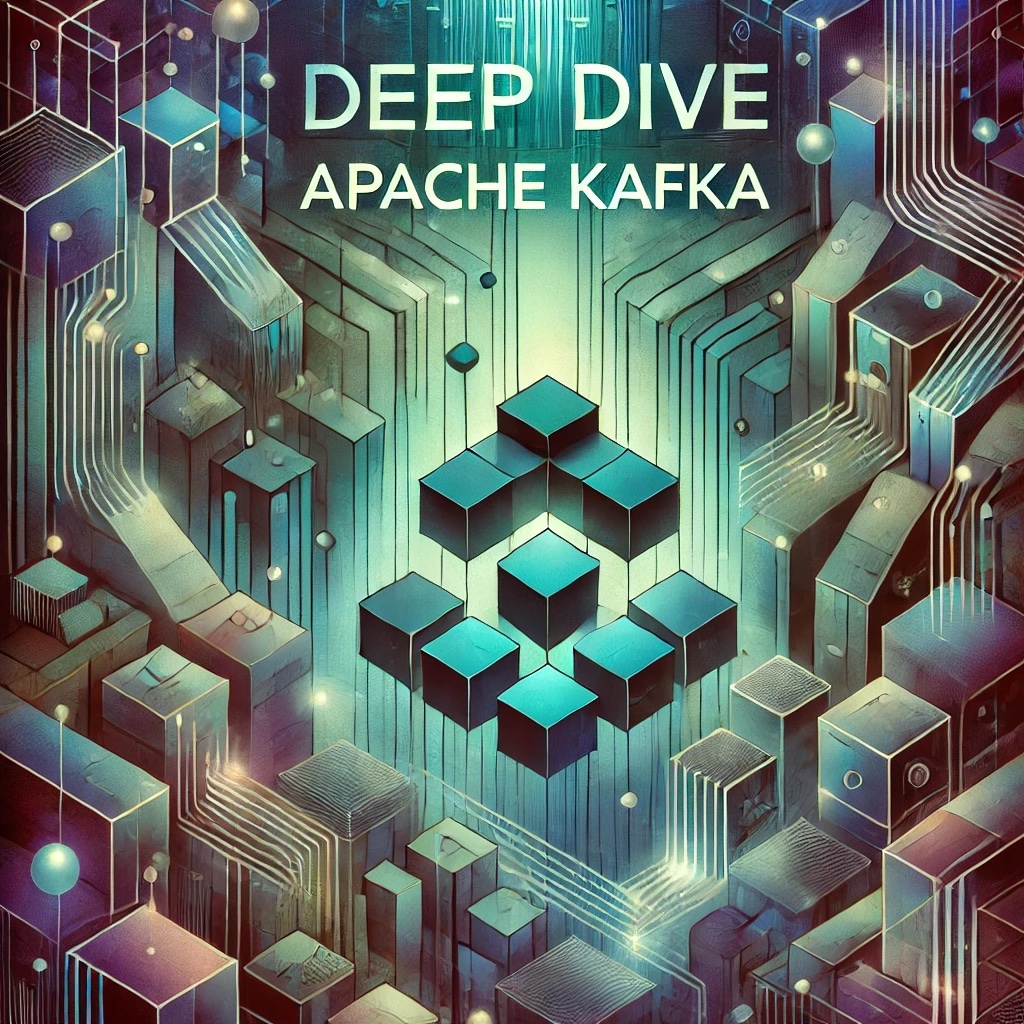Understanding Joyent Triton's Architecture
The SmartOS Foundation
Triton is built on SmartOS, a heavily customized Solaris derivative, which uses Zones (OS-level virtualization) instead of traditional VMs. Every container is essentially a zone with isolated networking and filesystem layers managed via ZFS and Crossbow.
Container-Native Infrastructure
Unlike AWS or GCP, Triton treats containers as first-class citizens. It provisions them directly on bare-metal infrastructure, eliminating the VM layer. This yields performance benefits but requires a deep understanding of Solaris-based tooling and Joyent's orchestration APIs.
Symptoms of the Problem
Common Red Flags
- Container creation hangs with no feedback
- Unexpected latency spikes across SmartNIC interfaces
- Zone state remains in 'provisioning' or 'stopping'
- cns-agent logs show stale endpoints or dropped routes
Root Cause Analysis
1. CNAPI and CNS Desynchronization
Triton relies on a tightly coupled CNAPI (Cloud Network API) and CNS (Container Networking Service) pipeline. If CNS falls behind, CNAPI will mark resources as stale or unavailable. This desynchronization is often caused by:
- Unacknowledged CNS crashes
- Zookeeper metadata drift
- Misconfigured fabric topology definitions
2. Zombie Zones
Improper cleanup of zones after force-deletion leaves them in a partial state, consuming memory and vNICs. This blocks new provisioning calls without clear logs unless examined with lower-level DTrace tooling.
Diagnostics and Verification
1. Verify CNAPI and CNS health
svcs -xv | grep cnapi svcs -xv | grep cns tail -f /var/svc/log/network-cns-agent:default.log
2. Check for Stuck or Inconsistent Zones
vmadm list -o uuid,state,alias vmadm get| json zone_state zoneadm -z list -v
3. Use DTrace to Identify Kernel Bottlenecks
dtrace -n 'syscall:::entry { @num[probefunc] = count(); }' -c 'vmadm create -f container.json'
Architectural Implications
How Triton's Design Affects Fault Recovery
Triton's tightly bound control and data planes mean a single misbehaving zone or orphaned NIC can propagate failures throughout a rack. Unlike cloud-native platforms that abstract host state away, Triton exposes it, increasing blast radius if not monitored correctly.
Step-by-Step Fix
1. Restart CNS and Rehydrate Metadata
svcadm restart network/cns-agent cns-tool reconcile-state cnapi-tool sync-metadata
2. Clean Up Zombie Zones
for zone in $(vmadm list | grep "provisioning" | awk '{print $1}'); do
vmadm delete $zone || zoneadm -z $zone halt && vmadm delete $zone;
done
3. Reconnect Fabric Endpoints
triton network ls triton network fabric verify --repair
Best Practices
- Integrate Zookeeper audits into daily health checks
- Use Triton AuditDB to log CNS and CNAPI deltas over time
- Automate detection of orphaned NICs using SmartOS metadata APIs
- Deploy DTrace probes in debug zones to catch syscall anomalies early
- Isolate high-churn workloads in dedicated compute pools to contain blast radius
Conclusion
Troubleshooting complex behaviors in Joyent Triton requires a nuanced understanding of its SmartOS foundations, ZFS-backed provisioning, and CNS networking fabric. Failures often originate from control-plane drift, incomplete zone teardown, or underlying state inconsistencies. By implementing rigorous diagnostics, layered monitoring, and proactive metadata reconciliation, teams can ensure platform resilience and scalability even in enterprise-scale deployments.
FAQs
1. Can Triton containers be migrated between compute nodes?
Not natively. Since Triton uses OS-level zones, live migration isn't supported. You must recreate containers on the target host.
2. How does Triton handle network isolation across tenants?
Triton employs Crossbow VNICs with per-container VLAN tagging, ensuring Layer 2 isolation and ACLs enforced via CNS policies.
3. What is the role of AuditDB in long-term troubleshooting?
AuditDB tracks all provisioning and networking events over time, making it crucial for root cause analysis of intermittent failures.
4. Are there third-party tools compatible with Triton monitoring?
Yes. Tools like Prometheus and Grafana can be adapted via Triton-agent exporters and CNS/CNAPI log streaming integration.
5. What are common causes of Zookeeper drift in Triton?
Uncoordinated CNAPI writes, node crashes without proper fencing, or DNS inconsistencies can cause metadata drift in Zookeeper.



